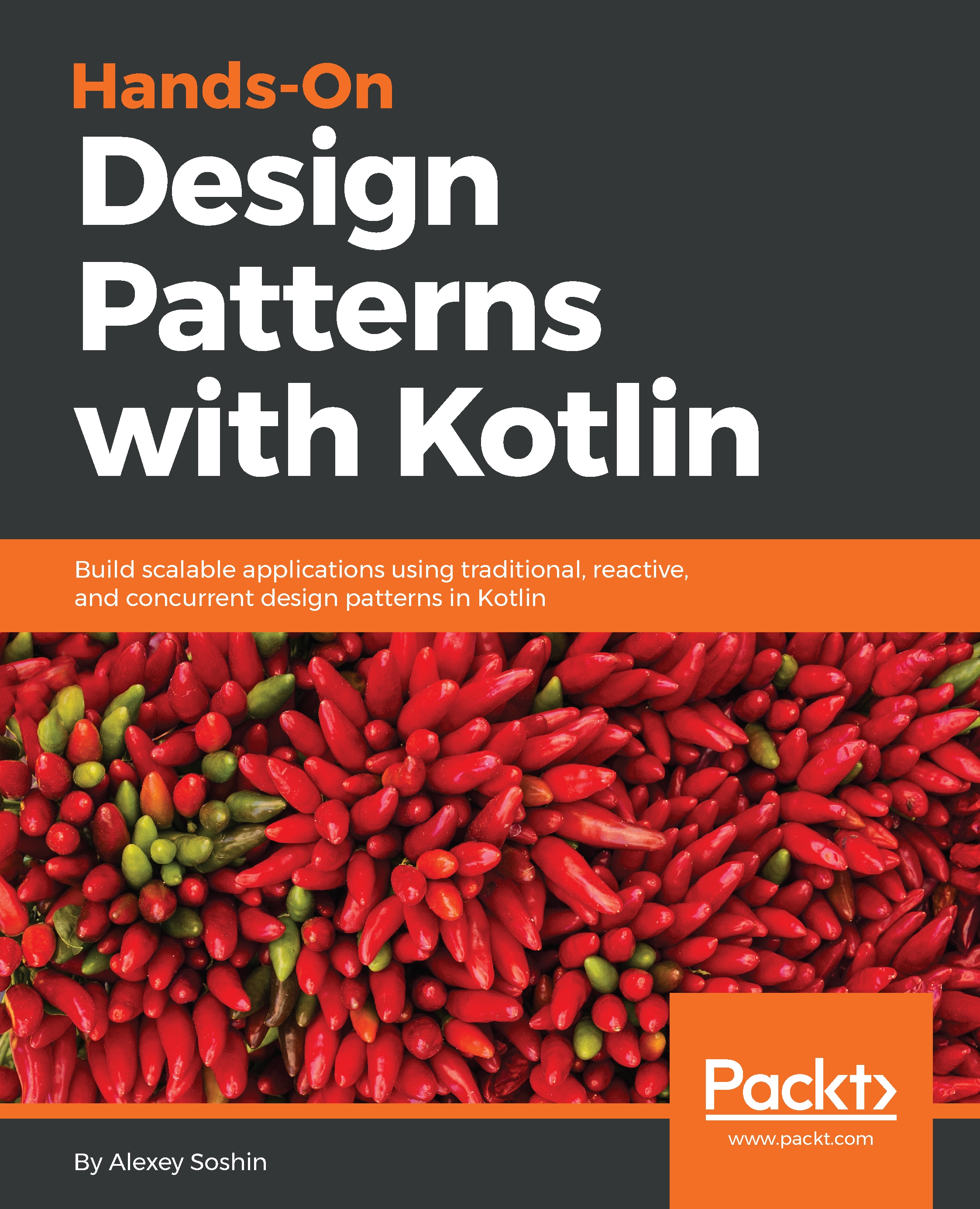This chapter was dedicated to practicing functional programming principles and learning the building blocks of functional programming in Kotlin.
Now you should know how to transform your data with map()/mapTo(), how to filter() collections, and find() elements by criteria.
You should also be familiar with how to drop() elements to skip them, how to sort() collections, and how to iterate over them using forEach() and onEach().
Use join() to stringify collections, fold() and reduce() to total collections up, and flatten() and flatTo() to reduce collection nesting.
slice() is a way to get only a portion of a collection, while chunked() is used to break a collection into even portions.
Finally, zip() and unzip() combine two collections into a pair, or split the pair back into two parts.
In the next chapter, we'll discuss how familiarity with those methods helps us to...


